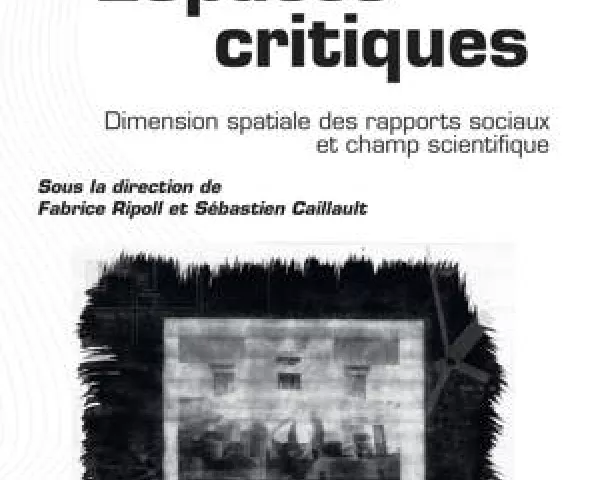Developing a Qualitative Urban Green Spaces Index Applied to a Mediterranean City

Rania Ajmi, Faiza Khebour Allouche, Aude Nuscia Taïbi, Safa Bel Fekih Boussema. Developing a Qualitative Urban Green Spaces Index Applied to a Mediterranean City. Urban Science, 2023, 7, ⟨10.3390/urbansci7040115⟩. ⟨hal-04267662⟩
As a primary goal, urban green spaces (UGSs) have been linked to several aspects of inhabitants' wellbeing. Quality could be a way to intervene in the UGS-human health interaction. For that purpose, we developed an urban green space quality index (UGS QIndex) applied to a Mediterranean region, Sousse City. This index was based on a set of criteria, indicators, and elements chosen after bibliographical research related to UGS quality assessment tools and their contribution to the Sustainable Development Goals. Then, we evaluated the quality of the Sousse Ramparts Gardens using the UGS QIndex. In fact, this index includes 41 elements grouped into 23 indicators covering seven thematic criteria: environmental regulating capacity, functional amenities, aesthetic amenities, landscape features, integration in its surroundings, development policy objectives, and space issues. According to the UGS QIndex, Bab El Gharbi garden exceeds Bab El Finga garden in terms of its scenery, aesthetics, and functionality. This index could be used by city planners to improve their UGS's capacity to satisfy the inhabitants' requirements. Otherwise, it needs to be enhanced and tailored to various types of UGSs and then applied to other Mediterranean cities, as well as cities suffering from UGS degradation.
As a primary goal, urban green spaces (UGSs) have been linked to several aspects of inhabitants' wellbeing. Quality could be a way to intervene in the UGS-human health interaction. For that purpose, we developed an urban green space quality index (UGS QIndex) applied to a Mediterranean region, Sousse City. This index was based on a set of criteria, indicators, and elements chosen after bibliographical research related to UGS quality assessment tools and their contribution to the Sustainable Development Goals. Then, we evaluated the quality of the Sousse Ramparts Gardens using the UGS QIndex. In fact, this index includes 41 elements grouped into 23 indicators covering seven thematic criteria: environmental regulating capacity, functional amenities, aesthetic amenities, landscape features, integration in its surroundings, development policy objectives, and space issues. According to the UGS QIndex, Bab El Gharbi garden exceeds Bab El Finga garden in terms of its scenery, aesthetics, and functionality. This index could be used by city planners to improve their UGS's capacity to satisfy the inhabitants' requirements. Otherwise, it needs to be enhanced and tailored to various types of UGSs and then applied to other Mediterranean cities, as well as cities suffering from UGS degradation.










